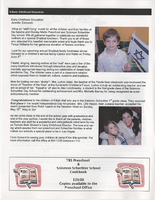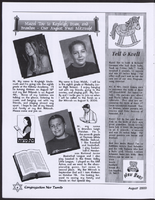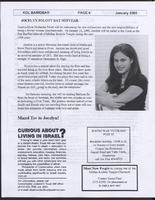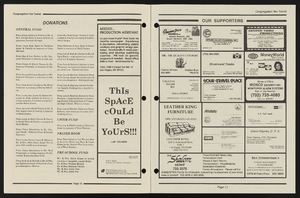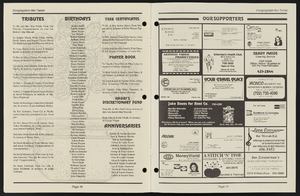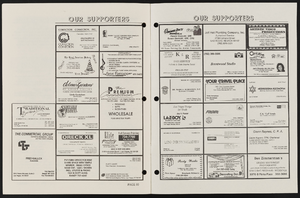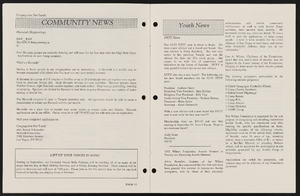Search the Special Collections and Archives Portal
Search Results
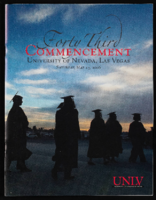
University of Nevada, Las Vegas (UNLV) 43rd commencement program
Date
2006-05-13
Archival Collection
Description
Commencement program from University of Nevada, Las Vegas Commencement Programs and Graduation Lists (UA-00115).
Text
Pagination
Refine my results
Content Type
Creator or Contributor
Subject
Archival Collection
Digital Project
Resource Type
Year
Material Type
Place
Language
Records Classification

